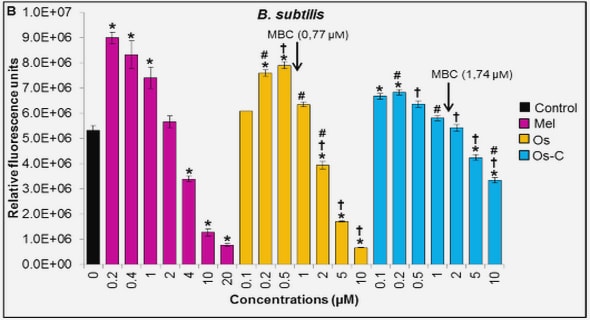(Downloads - 0)
For more info about our services contact : help@bestpfe.com
Table of contents
1. Introduction
1.1. History
1.2. Metallic Aluminum Production
1.3. Raw Materials for Carbon Anodes
1.4. Anode Quality and Cost
1.5. Problem statement, project overview and objectives
2. Literature Review
2.1. Prebaked Carbon Anodes
2.1.1. Effects of coke properties on anode quality
2.1.2. Effects of pitch properties on anode quality
2.1.3. Rheological properties of anode paste
2.2. Viscoelasticity
2.2.1. Theory and measurement
2.3. Numerical Methods in Modeling of Anode Paste and Similar Materials
2.3.1. Continuum Methods
2.3.2. Discrete Method
2.3.3. Conclusion
3. Discrete Element Method
3.1. Fundamentals of DEM modeling
3.2. Time integration and time-step issue in DEM
3.3. Burger’s Contact Model
4. Experimental Procedure
4.1. Introduction
4.2. Materials
4.3. Experimental
4.3.1. Vibrated Bulk Density (VBD)
4.3.2. Coke Particles Modeling
4.3.3. Making coke and pitch mixtures
4.3.4. Rheological characterization
4.3.5. Electrical resistivity measurement
5. Simulation of Vibrated Bulk Density of Anode-Grade Coke Particles Using Discrete Element Method
5.1. Résumé
5.2. Abstract
5.3. Introduction
5.4. The Numerical Model
5.4.1. Principles of DEM
5.4.2. Movement of non-spherical particles
5.5. Materials and Methods
5.6. Results and Discussion
5.6.1. Friction coefficient estimation
5.6.2. Experimental and simulated Vibrated Bulk Density of coke particles
5.6.3. Effects of friction and sphericity
5.7. Conclusions
6. Packing Density of Irregular Shape Particles: DEM Simulations Applied to Anode-Grade Coke Aggregates
6.1. Résumé
6.2. Abstract
6.3. Introduction
6.4. The Numerical Model
6.5. Case study
6.6. Experimental details
6.7. Results and Discussion
6.8. Conclusions
7. Discrete Element Method Modeling of Rheological Properties of Coke/Pitch Mixtures
7.1. Résumé
7.2. Abstract
7.3. Introduction
7.4. Theory
7.5. Experimental
7.6. Numerical Method
7.7. Results and discussion
7.7.1. DSR of Pitch and model verification
7.7.2. DEM simulation of coke/pitch pastes
7.8. Conclusion
8. Numerical Modeling of Compaction and flow of Coke/pitch Mixtures using Discrete Element Method
8.1. Résumé
8.2. Abstract
8.3. Introduction
8.4. Numerical Modeling
8.5. Experimental Procedure
8.6. Results and Discussion
8.6.1. DSR experiments
8.6.2. DEM simulation of DSR tests
8.6.3. Compaction and flow modeling of pitch-coke and binder matrix-coke mixtures
8.7. Conclusions
9. Discrete Element Method Investigation of Bulk Density and Electrical Resistivity of Calcined Coke Mixes
9.1. Résumé
9.2. Abstract
9.3. Introduction
9.4. Numerical Model
9.5. Experimental Procedure
9.6. Results and Discussion
9.6.1. Vibrated Bulk Density
9.6.2. Electrical Resistivity
9.7. Conclusions
10. Conclusions & Recommandations
10.1. Packing density of dry coke mixtures
10.2. Rheology of pitch and pitch/coke mixtures
10.3. Electrical resistivity of coke mixtures
10.4. Discrete element method and carbon anodes
10.5. Future works
Références



